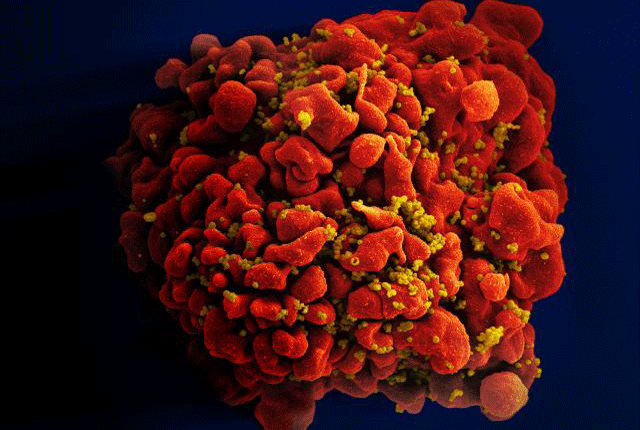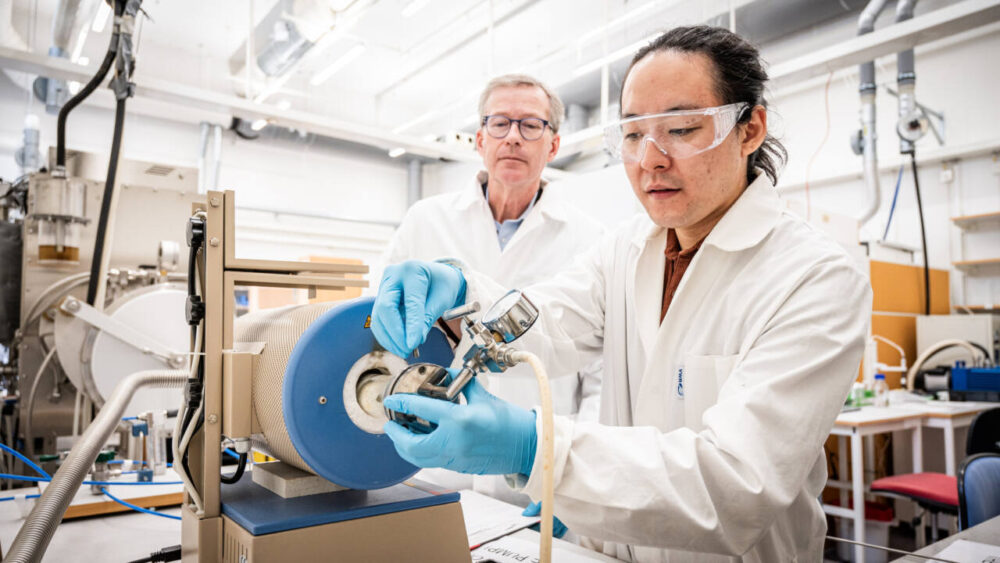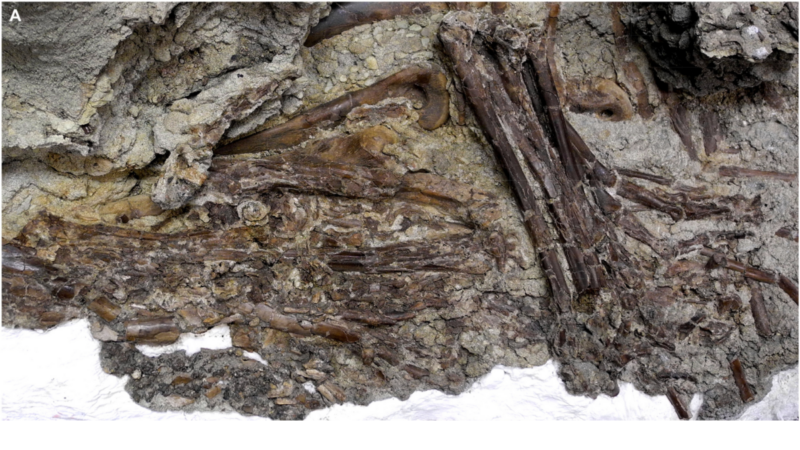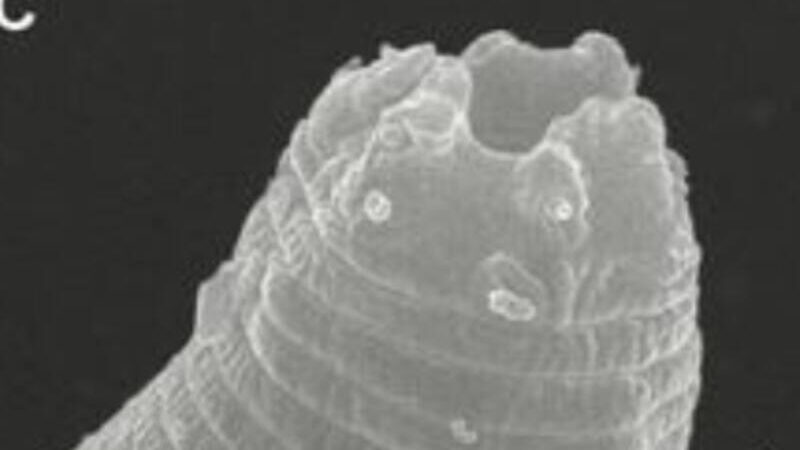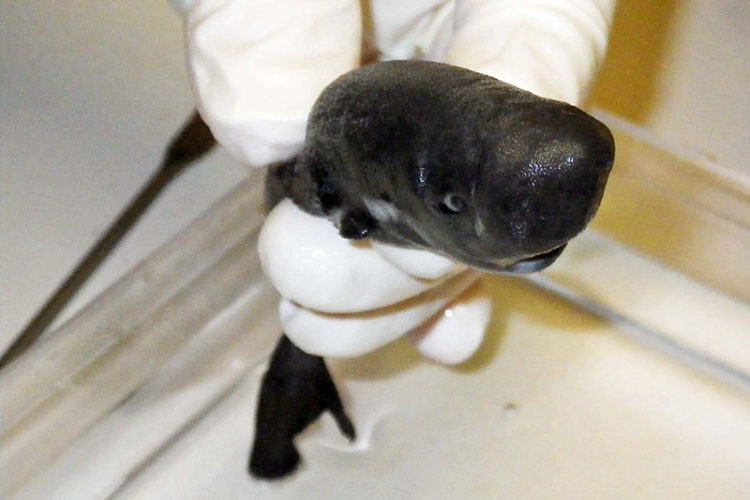Scientists No Longer Detect HIV In Blood Of Trial Patient
A British man with HIV may be the first person to be cured of the disease using a new treatment. The 44-year-old is one of 50 participants in a trial designed by a team of scientists from five U.K. universities.
The trial is the first of its kind in that it targets the disease in all stages, including its dormant state. And, so far the news is positive—as HIV is no longer detected in the one unnamed patient.
Mark Samuels, managing director of the National Institute for Health Research Office for Clinical Research Infrastructure, told The Times, “This is one of the first serious attempts at a full cure for HIV. We are exploring the real possibility of curing HIV. This is a huge challenge and it’s still early days but the progress has been remarkable.”
Researchers from the universities of Oxford, Cambridge, Imperial College London, University College London and King’s College London have all collaborated on this important trial.
Current HIV treatments, called anti-retroviral therapies (ART), have been successful in targeting active T-cells infected with HIV. But, they cannot spot dormant infected T-cells and that’s where this trial comes in.
The new treatment uses a “kick and kill” strategy to first boost the immune system’s ability to spot HIV-infected cells. Then, patients get a drug that activates dormant T-cells—acting like a flag for killer cells that then destroy them.
If successful, this treatment could change the lives of the 37 million people suffering from HIV around the world.
“This therapy is specifically designed to clear the body of all HIV viruses, including dormant ones,” Professor Sarah Fidler, a physician at Imperial College London, told The Telegraph, though she cautions against jumping the gun. “It has worked in the laboratory and there is good evidence it will work in humans too, but we must stress we are still a long way from any actual therapy.”
For now, she says, while the research team continues working towards a cure, patients should not stop ART. The team aims to publish the results of this trial in 2018.
[h/t Mental Floss]


